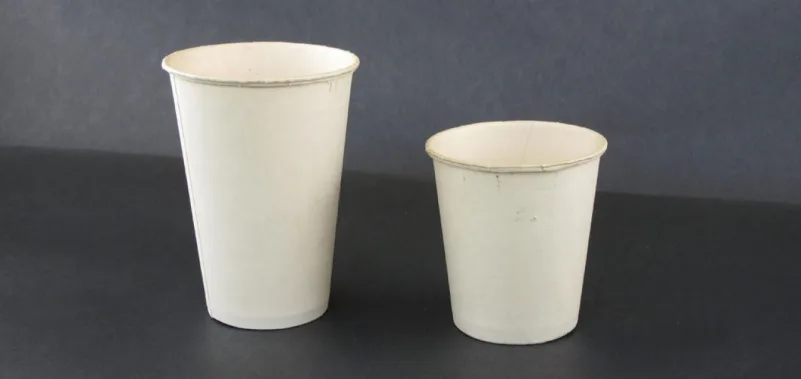by Jodi Frederiksen © May 2014
Few of us would think twice about throwing a bone from last night’s dinner in the trash. We have no use for organic wastes such as bone – we can’t even give them to the dog anymore – and no one comes to the house to ask if we have any bones or rags he can collect. Before the creation of synthetic materials, these organic wastes were in fact valuable commodities. Rags were used to make paper, and bones were used to produce buttons and handles for everything from flatware to toothbrushes.
This exhibit looks at the cycle of disposal and re-use of bone between 1780 and 1950 through the lens of personal products. The development and use of the toothbrush provides a model for exploring changing ideas about disposability and hygiene. Our story traces the manufacture of a 19th century toothbrush from raw material to final product, the global nature of its production, its acceptance, concerns regarding its use and safety, and finally, its transition from a little used organic product to a ubiquitous synthetic one.
Beginning with the physical properties of the toothbrush, this exhibit proceeds both thematically and chronologically. You can explore the exhibit using this menu:
The Bone Toothbrush Early Dentistry Teeth Cleaning Before the Brush Tooth-Powders Raw Materials Bone Pickers City Center to Stockyards Bone to Brush Handle Bristling Global Nature of Toothbrush Manufacturing Dangers of Tooth-Brushing A Class Action From Organic to Synthetic
Or, you can use the toothbrushes at the bottom of each page to navigate:


